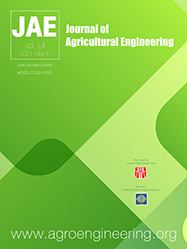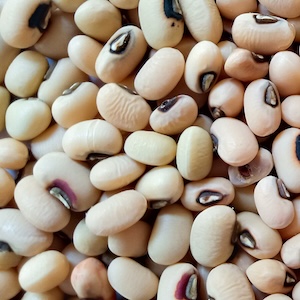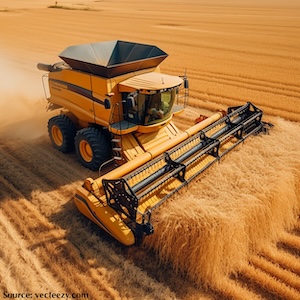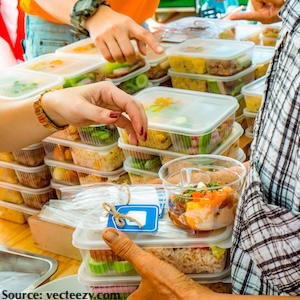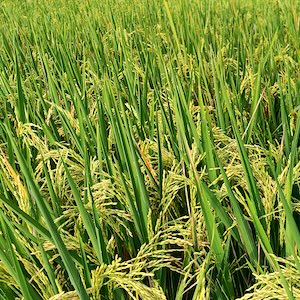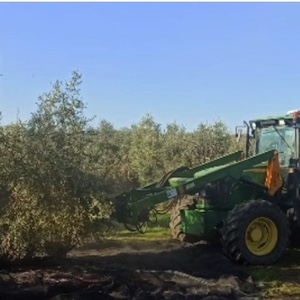YOLO deep learning algorithm for object detection in agriculture: a review
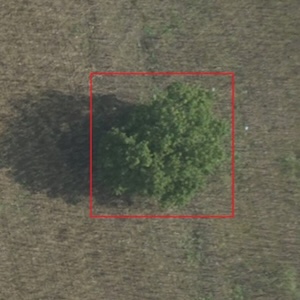
All claims expressed in this article are solely those of the authors and do not necessarily represent those of their affiliated organizations, or those of the publisher, the editors and the reviewers. Any product that may be evaluated in this article or claim that may be made by its manufacturer is not guaranteed or endorsed by the publisher.
Authors
YOLO represents the one-stage object detection also called regression-based object detection. Object in the given input is directly classified and located instead of using the candidate region. The accuracy from two-stage detection is higher than one-stage detection where one-stage object detection speed is higher than two-stage object detection. YOLO has become popular because of its Detection accuracy, good generalization, open-source, and speed. YOLO boasts exceptional speed due to its approach of using regression problems for frame detection, eliminating the need for a complex pipeline. In agriculture, using remote sensing and drone technologies YOLO classifies and detects crops, diseases, and pests, and is also used for land use mapping, environmental monitoring, urban planning, and wildlife. Recent research highlights YOLO's impressive performance in various agricultural applications. For instance, YOLOv4 demonstrated high accuracy in counting and locating small objects in UAV-captured images of bean plants, achieving an AP of 84.8% and a recall of 89%. Similarly, YOLOv5 showed significant precision in identifying rice leaf diseases, with a precision rate of 90%. In this review, we discuss the basic principles behind YOLO, different versions of YOLO, limitations, and YOLO application in agriculture and farming.
How to Cite

This work is licensed under a Creative Commons Attribution-NonCommercial 4.0 International License.

